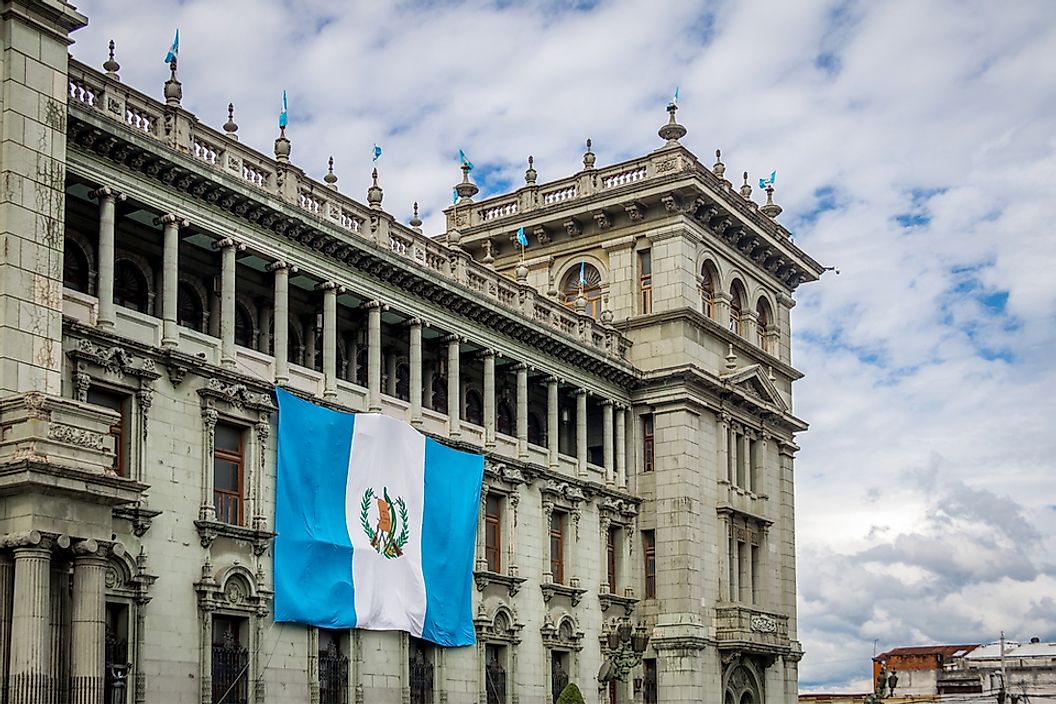What Is the Capital of Guatemala?

What Is the Capital of Guatemala?
Guatemala City is the capital of Guatemala. Additionally, it serves as the capital of the Department of Guatemala and the Municipality of Guatemala. The capital is located in the Valle de la Ermita, which is in the southern region of the country, and where seismic and volcanic activity is relatively common. Guatemala City is surrounded by mountains on either side.
The population of Guatemala City is approximately 2.11 million, making it the most populated city in both the country and the Central American region. It is the seat of government and the most economically important city in Guatemala. The city has an international airport and is connected to nearly all major highways. Given its importance within the country, the city is also an attractive location for the banking and financial services industries. Guatemala's central bank is based in Guatemala City, as well as a number of other private banks.
Guatemala City is subdivided into 22 zones. Zone 1 holds the most historical importance, and includes buildings such as the Presidential House, the National Congress, Constitution Park, the National Palace of Culture, and the National Library. Given the city's rapid growth, many nearby towns have been incorporated by Guatemala City as it continues to spread.
History of the Capital City of Guatemala
The site currently occupied by Guatemala City was first inhabited by the Kaminaljuyu, an ancient Mayan civilization that dates back to between 1500 BC and 1200 AD. At its peak, the civilization included approximately 200 pyramids. However, many of these ruins have been destroyed over time by population growth and real estate development.
A Catholic monastery was established on the site in the 17th century, although the population remained small. In the beginning of the Spanish colonial era, Antigua was the capital of the colony. However, after the Santa Marta earthquakes of 1773, Antigua was destroyed and the King of Spain declared Guatemala City as the new capital approximately two years later. During this era, the Central Square played an important role in the economy and culture of the new capital.
After Guatemala gained its independence from Spain in 1821, Guatemala City remained the capital. During the years following independence, the city began to expand and the government established many new public administrative buildings, including the Presidential Palace and the Carrera Theater. This growth continued through the late 19th and early 20th centuries. However, many of these buildings were lost during the earthquakes that occurred between November 1917 and January 1918.
The Guatemalan Civil War occurred between 1960 and 1996. During the 1980s, violence broke out in the city as it experienced political unrest surrounding the military's treatment of indigenous communities. Attacks occurred at the Spanish Embassy, the National Palace, and the Industrial Bank Financial Center.
Demographics of Guatemala City
The population of Guatemala City has grown exponentially since the late 1970s. The majority of this growth is caused by rural to urban migration, as individuals move to the city in search of economic opportunities. The majority of the population is composed of Spanish and Mestizos, although the indigenous population is also sizable. Approximately 23 different Mayan groups live in the city, each speaking a different language or dialect.







